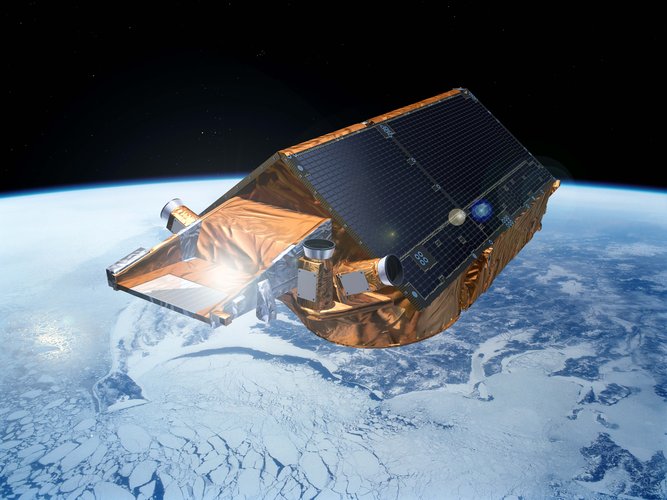
CryoSat was left alone as it flew southbound over Africa, connected to and using its back-up thrusters for the first time.
“CryoSat’s backup system is robust and was likely to work as intended,” says CryoSat Spacecraft Operations Manager, Jens Lerch. “And if there was a problem with it, during the switch or at any point in the future, the satellite is capable of swapping back to its primary system autonomously.”
“But we couldn’t know for sure. The back-up hasn’t been needed during the 13 years that CryoSat has been in space. During this time, it could have suffered a similar leak or been damaged by something like a micrometeoroid – and we had no way to test it previously without exposing us to the same risks we faced today.”
Thankfully, 25 minutes later, CryoSat rose above the horizon of the Troll ground station in Antarctica fully functional.
The next day, 22 November, the flight control team at ESA conducted an ‘orbital control manoeuvre’ to test the two larger thrusters in the back-up system.
As no issues were found during or after the manoeuvre, CryoSat’s back-up thrusters are now officially commissioned, and the satellite is capable of continuing scientific activities to the end of the decade and possibly beyond.



